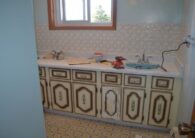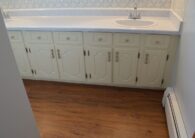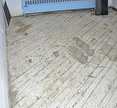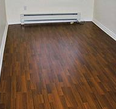Home Renovation

Renovating a full-height basement can be a relatively easy and cost-effective way to add new living Space to your house.
To make a good living space, a basement should be high enough to permit ceiling fixtures or fans with space beneath for a 1.8m (6ft.) tall person to stand. Dampness or leaks in the walls or floor must be corrected, because a damp or wet basement isn’t a suitable living space. Moisture problems can ruin even the most expensive renovations and make your basement unliveable.
Most basement floors in houses are sloped to a drain that, in turn, slopes to a sewer or dry well. It is a common practice to install a ‘P’ trap in the drain, to prevent sewer gases from entering the basement. If you intend to live in your basement, ensure there is a proper drain with a trap situated at the low point of the floor. The trap should be kept full of water to function properly and should be topped up periodically.
To prevent heat loss to the surrounding earth, most jurisdictions require exterior basement walls to be insulated for most of their height. When insulating the foundation on the inside, Place a moisture barrier, such as vapour-permeable building paper, on the interior face of the foundation from exterior grade to the bottom of the wall. The top of the wall and the space between the joists should be insulated, because it is here that most of the basement heat loss occurs. Dampness and cold can enter a basement floor from the ground beneath it, consider placing polyethylene over the existing floor before installing the finished flooring.
Humidity is a common source of discomfort in basements and can contribute to odours, staining, mold growth and wood decay. High humidity can result in fungal growth, progressively damaging organically based materials, such as wood and wood-based products, and natural fibres in carpets and upholstery. Excessive humidity is caused by leaks; damp materials; improperly installed insulation, air barriers and vapour retarders; weather conditions and building occupants. Therefore, it is important to keep room humidity levels within an acceptable range to prevent mold growth and preserve occupant health.
Renovating a full-height basement can be a relatively easy and cost-effective way to add new living Space to your house.
To make a good living space, a basement should be high enough to permit ceiling fixtures or fans with space beneath for a 1.8m (6ft.) tall person to stand. Dampness or leaks in the walls or floor must be corrected, because a damp or wet basement isn’t a suitable living space. Moisture problems can ruin even the most expensive renovations and make your basement unliveable.
Most basement floors in houses are sloped to a drain that, in turn, slopes to a sewer or dry well. It is a common practice to install a ‘P’ trap in the drain, to prevent sewer gases from entering the basement. If you intend to live in your basement, ensure there is a proper drain with a trap situated at the low point of the floor. The trap should be kept full of water to function properly and should be topped up periodically.
To prevent heat loss to the surrounding earth, most jurisdictions require exterior basement walls to be insulated for most of their height. When insulating the foundation on the inside, Place a moisture barrier, such as vapour-permeable building paper, on the interior face of the foundation from exterior grade to the bottom of the wall. The top of the wall and the space between the joists should be insulated, because it is here that most of the basement heat loss occurs. Dampness and cold can enter a basement floor from the ground beneath it, consider placing polyethylene over the existing floor before installing the finished flooring.
Humidity is a common source of discomfort in basements and can contribute to odours, staining, mold growth and wood decay. High humidity can result in fungal growth, progressively damaging organically based materials, such as wood and wood-based products, and natural fibres in carpets and upholstery. Excessive humidity is caused by leaks; damp materials; improperly installed insulation, air barriers and vapour retarders; weather conditions and building occupants. Therefore, it is important to keep room humidity levels within an acceptable range to prevent mold growth and preserve occupant health.
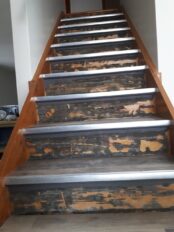
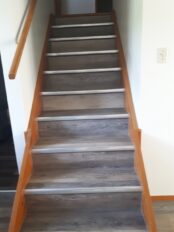

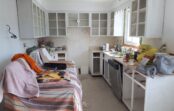
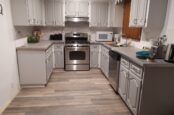
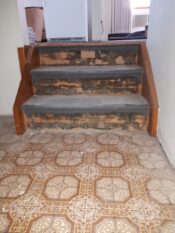

Smoke alarms are required on all floors of a residence and near bedrooms. It is a safe practice to install a carbon monoxide (CO) detector near a fuel-fired appliance, such as a fireplace or furnace, and near a doorway to an attached garage.
Windows serve three purposes: ventilation, natural light and emergency escape. To provide adequate natural light, it is recommended that the unobstructed area of glass in a window be at least five per cent of the floor area of each room or combination of rooms. Where a window is required to be a means of escape, it must be large enough and easily reached from the living space, and provide safe access to grade level. Windows near grade might be subject to forcible entry and require special locks or protective bars.
Your furnace and hot water heater are powered by electricity or natural gas. If you have a medium or low-efficiency furnace enclosed in a small room, it is critical to ensure that the furnace is supplied with adequate air.
